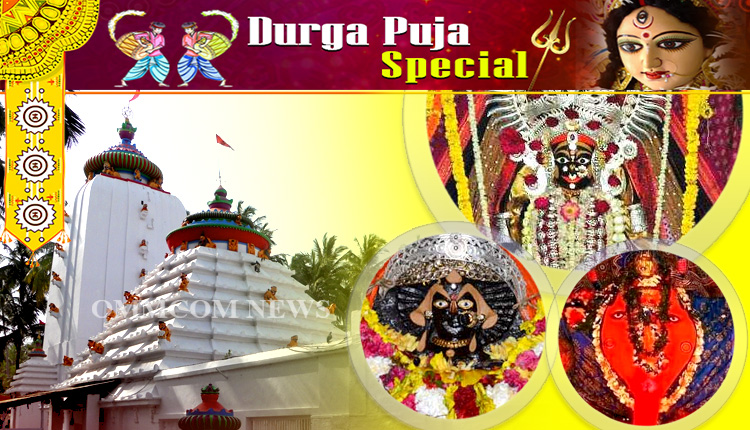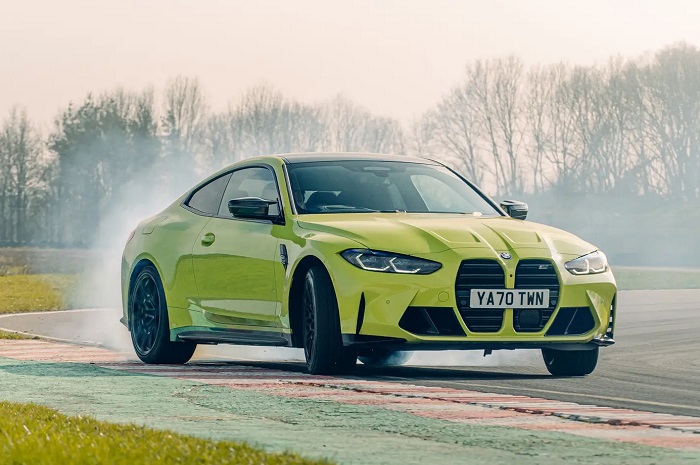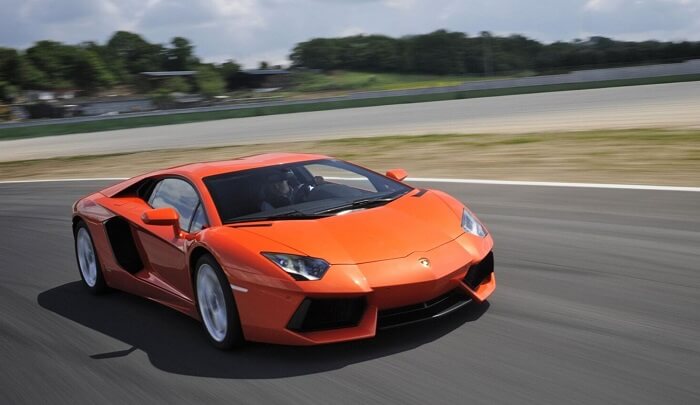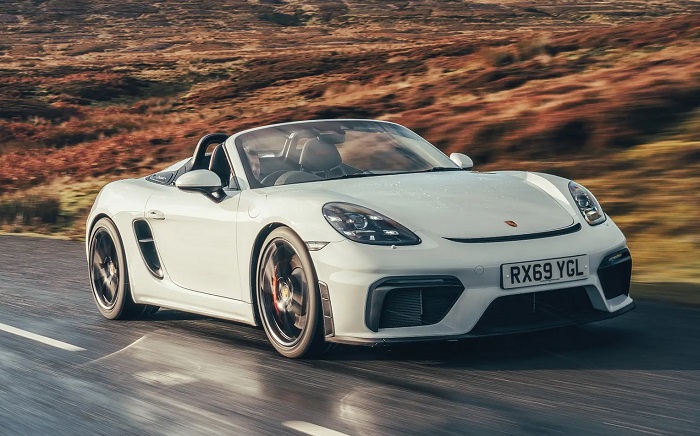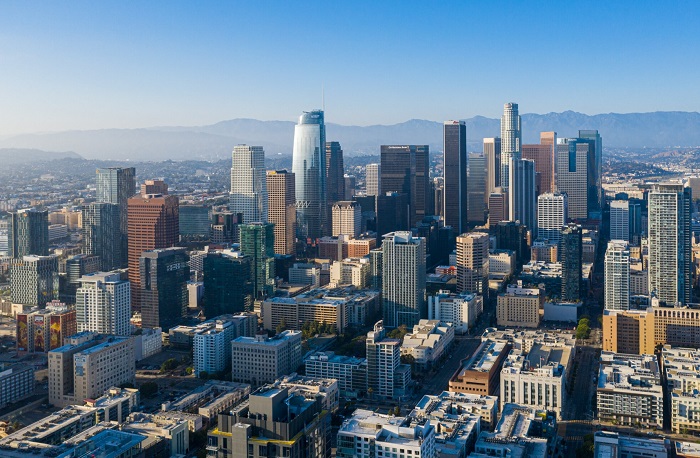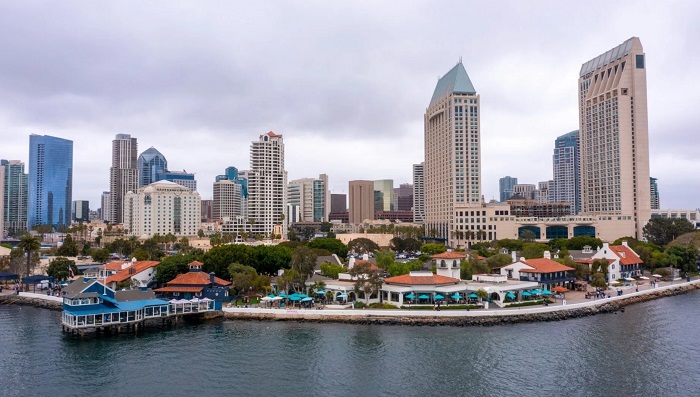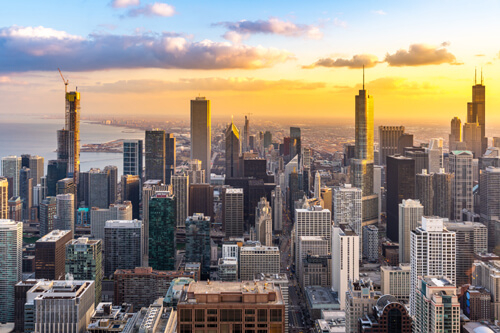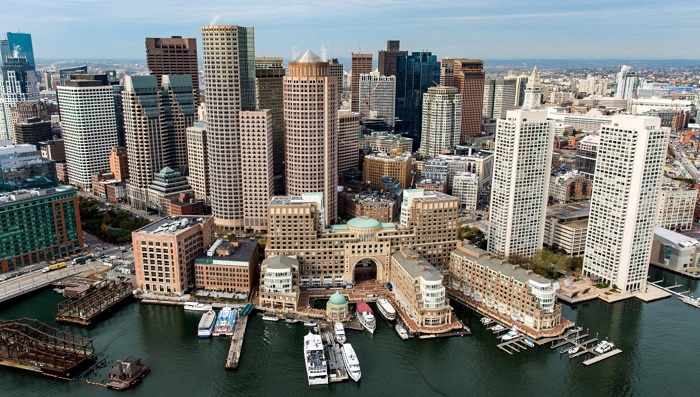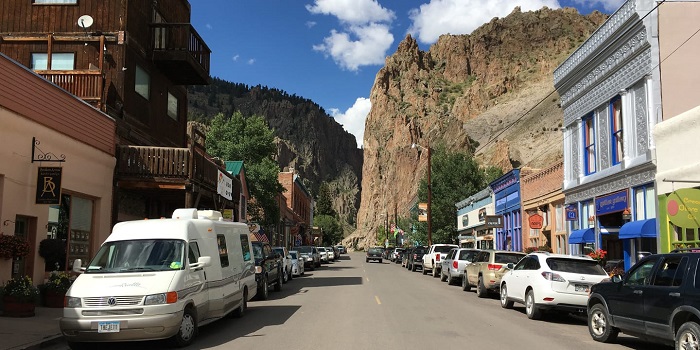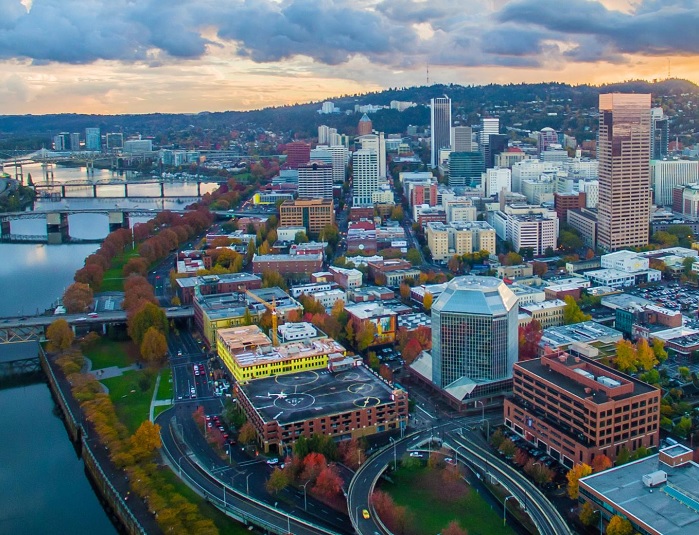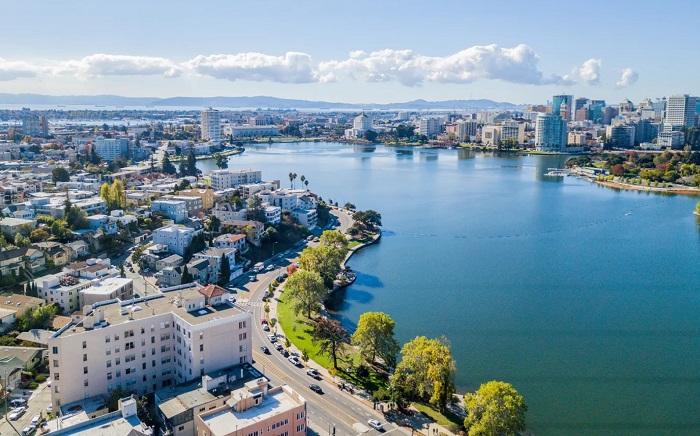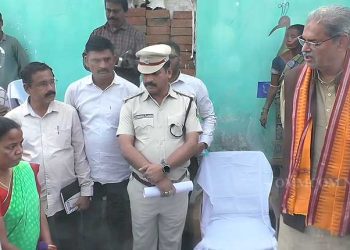Bhubaneswar: Since Vedic ages, ‘Shakti’ or the ‘Great Divine Goddess’ is worshipped all across the country as she is believed to be the personification of the divine feminine creative power.
Goddess Shakti, the Goddess of power, is said to be the complete incarnation of the Adi Shakti (the beginning and the end). During Navratri and Durga Puja, the nine avatars of Navdurga or Shakti are worshipped across the country.
How Shakti Peethas came into existence
There are 51 Shakti Peethas across the sub-continent, where the Goddess is worshipped as manifestations of Dakshayani -Sati, later known as Parvati or Durga. Various legends explain how Shakti Peethas came into existence.
The most popular is based on the death of Goddess Sati by self-emulating at the Yagna being performed by har father Daksha. Out of grief and sorrow Shiva carried Sati’s body, reminiscing about their moments as a couple and roamed around the Universe with it.
To save the universe and bring back Shiva’s sanity, Lord Vishnu cut Sati’s lifeless body using Sudharshan Chakra into 51 pieces.
These pieces fell on earth at various places and came to be known as Shakti Peeths. All these 51 places are considered to be holy lands and pilgrimages.
Shakti Peethas in Odisha
Though there are different places where the feminine power or the Adi Shakti is worshipped, there are 12 famous Shakti shrines in Odisha.
Bhagabati in Banapur

Banapur Bhagabati is one of the most popular Shakti Peetha of Odisha. The presiding deity of this revered temple is Goddess Burga locally called as Bhagabati – the idol depicts eight armed Goddess and the chopped head of Mahisasura ( demon) Maa Bhagavati is the presiding deity of Banapur. The present temple and the Jagamohana is believed to have been built by the Gajapati Maharaja of Puri.
Charchika in Banki

The presiding deity is an eight-armed goddess Chamunda, locally known as Maa Charchika Devi. She is seated on a prostrate human body and wearing a garland of human skulls. She displays khadga, shula, katari and varadamudra in her four right hands whereas the four left hands represent severed head, blood-cup, ‘’damru’’ and leaving a finger of the remaining hand soaked in blood. This temple is situated on top of a small hillock Ruchika Parvata on the banks of the Renuka river in the small town of Banki in Cuttack district of Odisha
Katakachandi in Cuttack

The Katak Chandi Temple is an ancient temple dedicated to the Goddess Chandi, the presiding deity of Cuttack, Orissa. The temple is located nearby the banks of the Mahanadi River. In Cuttack, people strongly believe Maa Katak Chandi as ‘The Living Goddess’.
The goddess popularly called as Maa Katak Chandi, sits and rules on the heart of the ancient city. She has four hands holding Paasha (noose), Ankusha (goad), gestures dispelling fear (Abhaya), and granting boon (Varada). She is worshiped as Bhuvaneshvari Mahavidya (the queen of universe) by Sevayatas belonging to Utkala Brahmins every day.
Ramachandi in Konark

The temple of Goddess ‘Ramchandi’ on the river mouth of Kushabhadra river is situated 7 kms before Konark on the Marine drive road from Puri to Konark. Ramchandi is popularly believed to be the presiding deity of Konark, and the most benevolent ‘Chandi’ known. It is certainly more ancient than the Sun temple at Konark. The temple of Ramachandi is one of the famous Saktapithas of Puri.
A graceful Chandi, seated on a lotus in a small temple half hidden by sand mounds, on the river mouth of ‘Kushabhadra’ and the endless Bay of Bengal stretched to eternity, and a thick growth of Casuarina plantation around is the scenic maginificence of the place.
Mangala in Kakatpu

This is a 15th-century temple and a symbol of ancient Shakti Pithas of Kalinga. The temple is situated at the eastern bank of holy river Prachi. Maa Mangala is a Hindu goddess who is one of the manifestations of Shakti.
This temple has a very old association with Jagannath Temple, Puri. Every twelve to nineteen years when the wooden icons of Jagannath, Balabhadra and Subhadra of the Jagannath Temple, Puri are replaced during the Nabakalevara rite, Priests of the temple in Puri pray to Mangala in the Kakatpur temple to give them divine guidance. The goddess appears in their dreams and reveals the location of the three divine Daru Bramha trees from which idols of the deities are made.
Hingula in Talcher

Located at a distance of 14 km from Talcher, Maa Hingula is of great religious importance among the people of Gopalprasad village and its surrounding areas. It is also said that one can achieve anything they desire if he/she worships on Goddess Hingula and food becomes more delicious with the blessings of Goddess Hingula.
King Nala of the Vidarbha region of Western India was an ardent devotee of Devi Hingula. He was approached by the King of Puri for help. In order to start cooking ‘Mahaprasada’ for Lord Jagannath he had to procure Devi Hingula as fire for the temple kitchen. The Goddess agreed and moved to Puri as fire.
Goddess Hingula is linked with Agnikona i.e., South-East direction and so to wonder Odisha is also in the South-East direction of India, Puri in the South-East direction of Odisha, Gopal Prasad Gada in the South-East of Talcher, Hingula peeth in South-East of Gopal Prasad Pada, temple of Hingula in South-East of the house of priest.
Isn’t it interesting!!!
Samaleshwari in Sambalpur

Shree Shree Samaleswari, the presiding deity of Sambalpur, is a strong religious force in western part of Orissa India. On the bank of the river Mahanadi the mother goddess Samaleswari is worshipped from ancient times as Jagatjanani, Adishakti, Mahalaxmi and Mahasaraswati.
There is a common belief among the people of Sambalpur that the Goddess Samaleswari give power to the sentiments of devotion, fear, affection, awe and reverences within all the devotees who visit the temple of Goddess Samaleswari from all parts of the world.
Among the varieties of festivals observed before the goddess throughout the year, three festivals are observed prominently, Chaitra Navaratri and Ashwin Navaratri and Nuakhai (where the farmers offer the first produce from their lands to the goddess before using it for their personal use)
Vimala in Puri

Another important Shakti Peetha is Maa Bimala temple inside the temple premises of Lord Jagannath at Puri, at the south west corner beside the Rohini Kund. It is believed that the feet (Pada Khanda) of Goddess Sati fell here.
The temple, though small is constructed in the shape of Lord’s temple.. Maa Vimala is considered to be the Tantric Consort of Lord/ Jagannath.
It is staunchly believed that devotees should pay their respects to the goddess Bimala before worshipping Jagannath in the main temple. Everyday the Prasad of Lord Jagannath is re-offered to goddess Bimala in a golden plate. It is then that the Prasad gets sanctified as Mahaprasad for the consumption of the devotees. Without her approval nothing moves inside the main temple of the Lord.
The only time in the year when separate food is cooked for the goddess is when she is offered non-vegetarian offerings during Durga Puja.
Durga Puja is celebrated for sixteen days at Vimala temple and Mother is adorned with various dresses during the celebrations. It ends with Vijaya dashami.
Gauri in Bhubaneswar

Situated behind the Mukteswara Temple, the Kedar Gauri temple is one among the eight Astasambu temples in Bhubaneswar.
It is actually a complex which consists of two separate temples, one is dedicated to Lord Shiva and another is to Goddess Parvati. Legend holds that King Lalatendu Kesari constructed these temples in dedication to two lovers named Kedar and Gauri. Even today, the lovers who want to get married come to this temple to get the blessing of the deities. Another legend holds that Lord Shiva along with Goddess Parvati came to this place from Varanasi, as he preferred a more silent place.
Biraja in Jajpur

Biraja Temple is the one of the Ashtadasha Shakti Peethas and the 11th Shaktipeeth. The Navel region of Devi is said to have fallen here.
The present temple was built in the 13th century. The main idol is Devi Durga, who is worshiped as Viraja or Girija. The uniqueness of this goddess is that the idol is depicted as Mahishasuramardini, the Durga idol has two hands, spearing the chest of demon Mahishasura with one hand and pulling the tail with the other. One of her feet is on a lion, and the other on Mahishasura’s chest, depicted as a water buffalo.
The idol’s crown includes Ganesha, a crescent moon and a lingam.
The temple is spread in a large area, and has shrines for Shiva and other deities. According to the Skanda Purana, it cleans the pilgrims and is called Viraja or Biraja kshetra. Jajpur is said to have about a crore of Shiva Lingams. The shrine for Lord Shiva is said to have been installed by Adi Shankaracharya.
Another significance aspect of this temple is – a well near the main temple of Girija Devi in which devotees perform ritual rites to their ancestors (Pinda pradhaan). People believe that these Pindas will reach Kasi directly. It seems the depth of the well is somewhere around 4 to 5 feet but it has never dried up.
Sarala in Jhankata
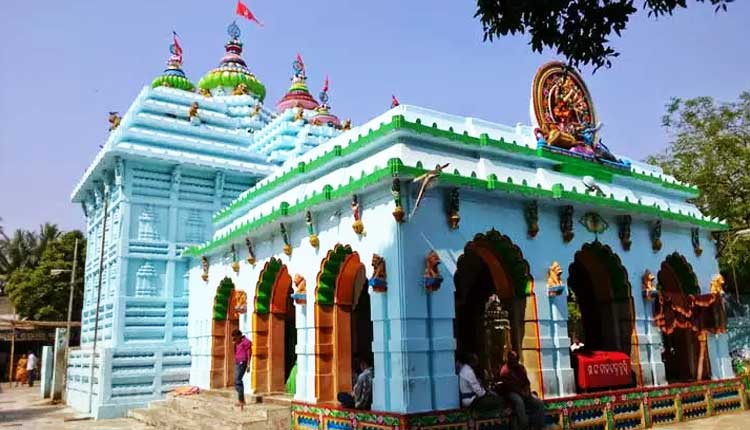
Jhankad is the sanctum sanctorum of Goddess Sarala, regarded as one of the most spiritually elevated expressions of Shaktism from time immemorial. Believed as a synthesis of divine figure of Durga and Saraswati, the culture of Sarala is an amalgamation of three principal Hindu cults namely Vedic, Tantrik and Vaishnavite. It is one of the most famous Shakta shrines of Odisha. The main idol, carved out of stone is of eight-armed keeping her right feet on the lion in Mahinsha Mardini posture.
Constructed by the legendary Bhauma Kings in the 8th Century.The place has a legendary association with sage Parshuram, the song of sageYamadagni. Thus, this place is of high historical importance as a centre of Parshuram cult Puran describes that Parshuram, the sixth incarnation of Lord Vishnu, engraved the deity by his arrow and worshiped her for wisdom & power. It is also associated with the first epic poet of Odisha, Adikavi Sarala Das of 15th Century AD. jitu128
Bhattarika in Sasanga

Bhattarika Temple is one of the famous Hindu pilgrimage locations of Odisha which is situated at the Sasanga village near Badamba, at Athgarh. The Bhattarika Temple is believed to have been built between the 6th to the 16th century B.C. As per the legends this Shakti Pitha at Bhattarika was established by Parshurama. He also carved the idol of Goddess Bhattarika at the tip of his arrow. He was blessed with powers which he attained by worshiping the Goddess Durga after he lost the battles against Saharasjuna.
The worshipers of goddess Bhattarika are non-Brahmin community and in the daily ritual of the deity they cook fish and offer it to the Goddess Bhattarika. And hence the Temple of Goddess Bhattarika is considered as the holy temple of Fisherman community of the region and Goddess Bhattarika is believed to be the deity of navigation and fishermen.



